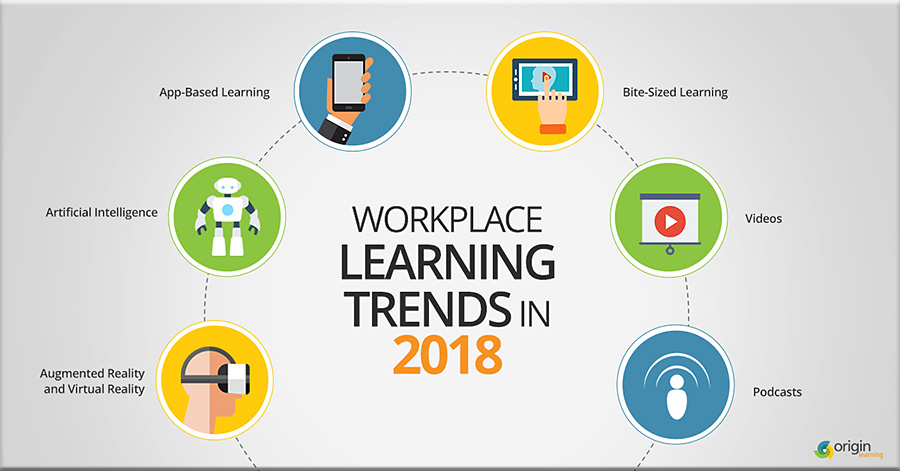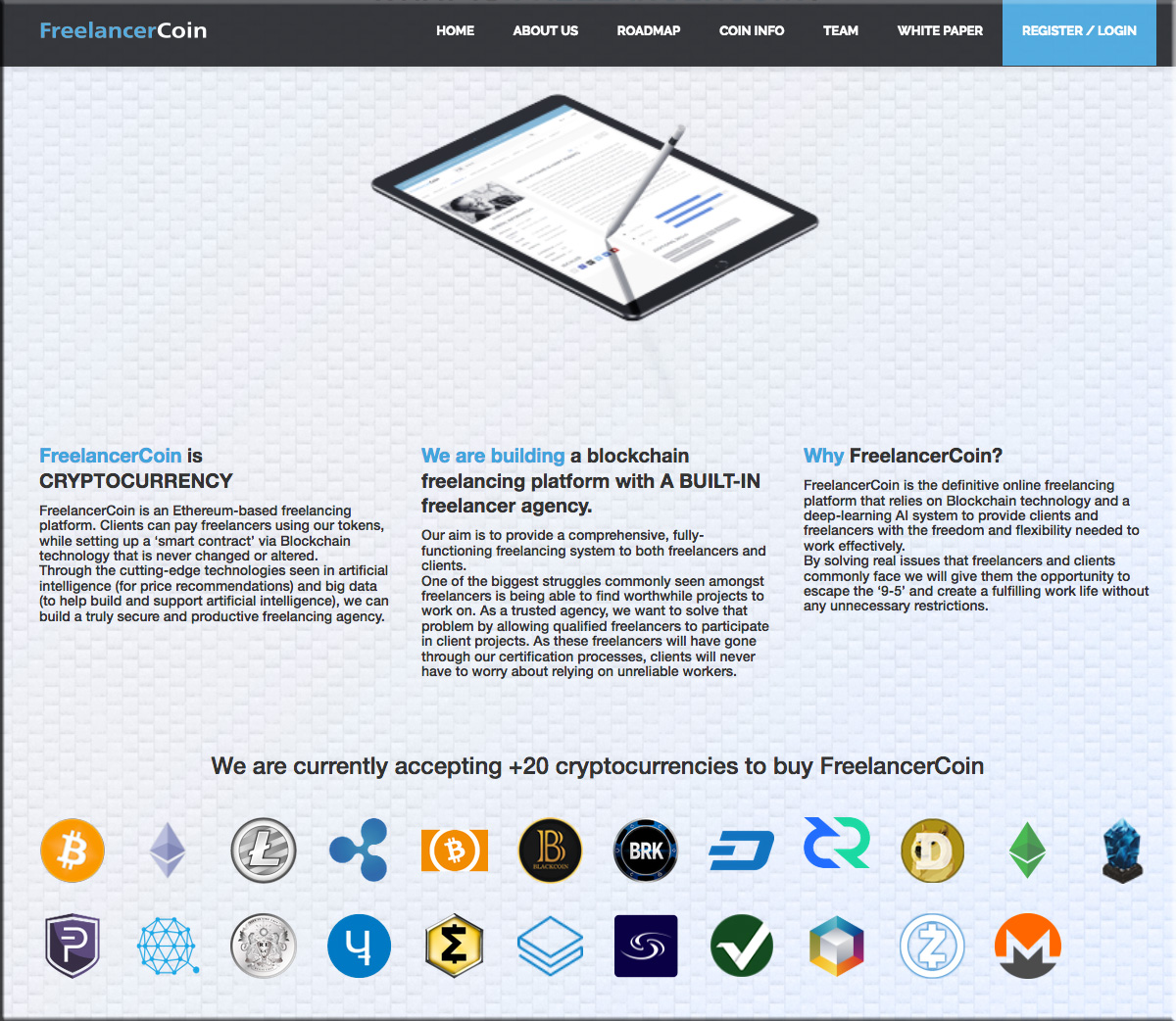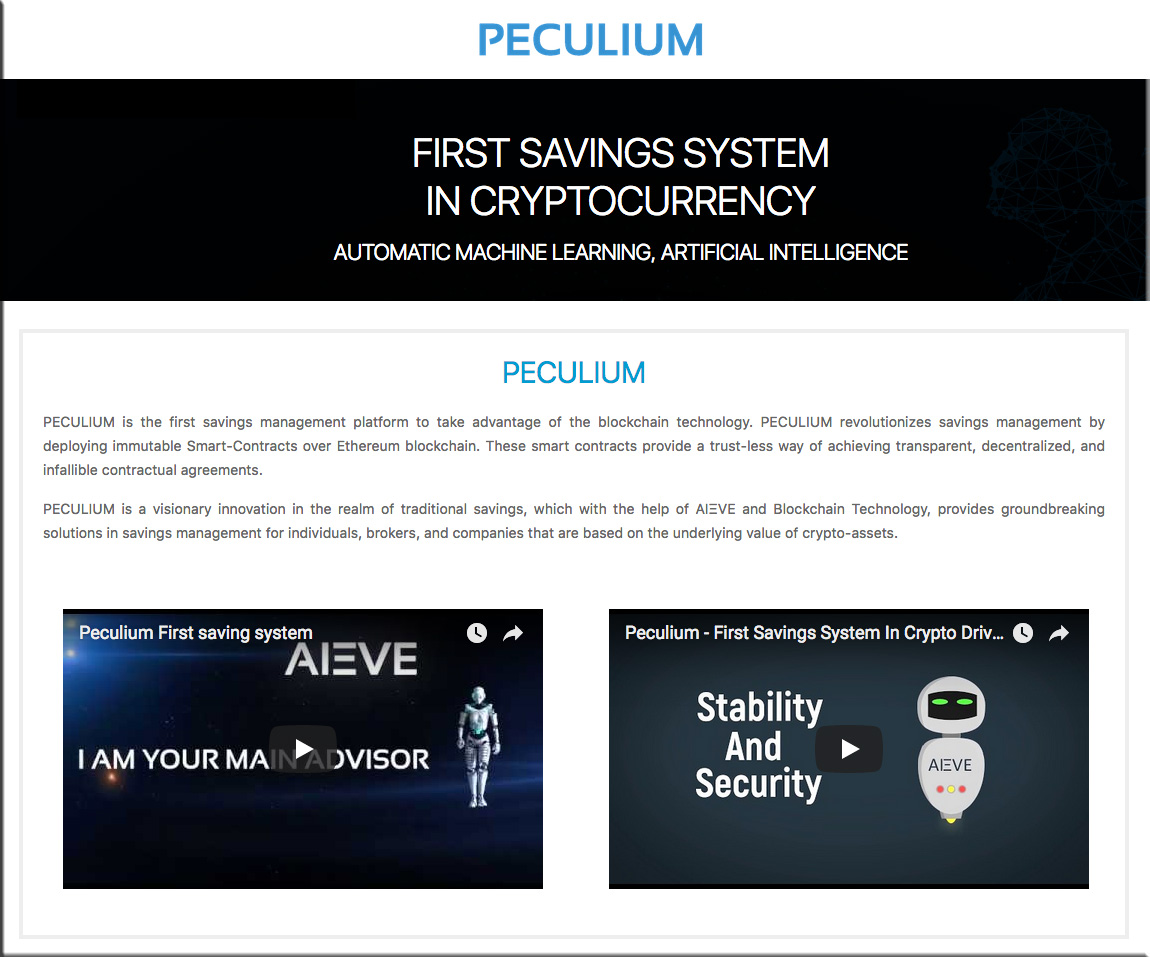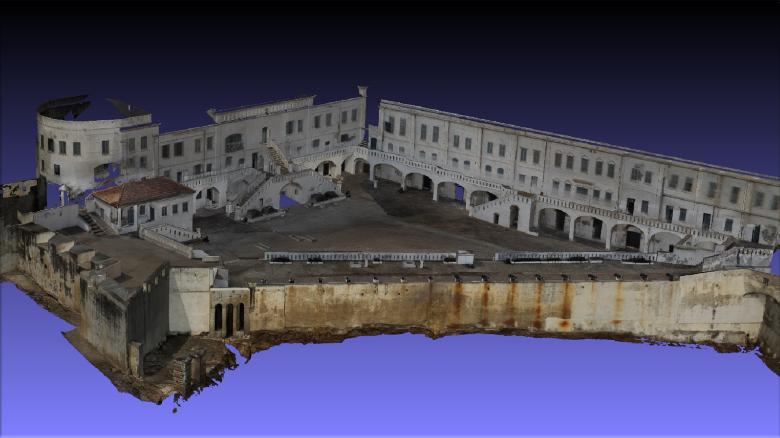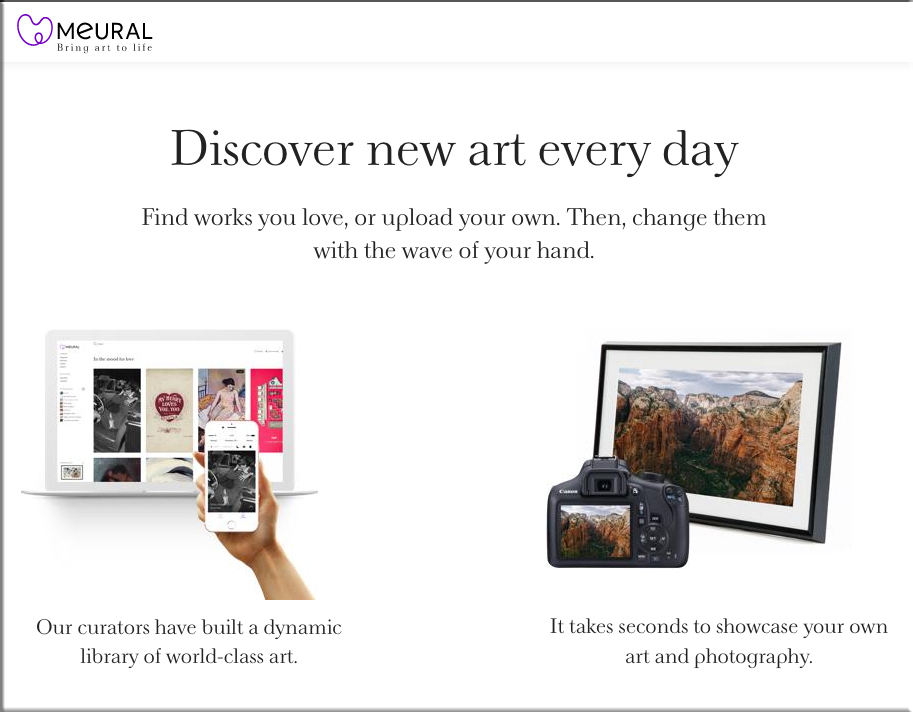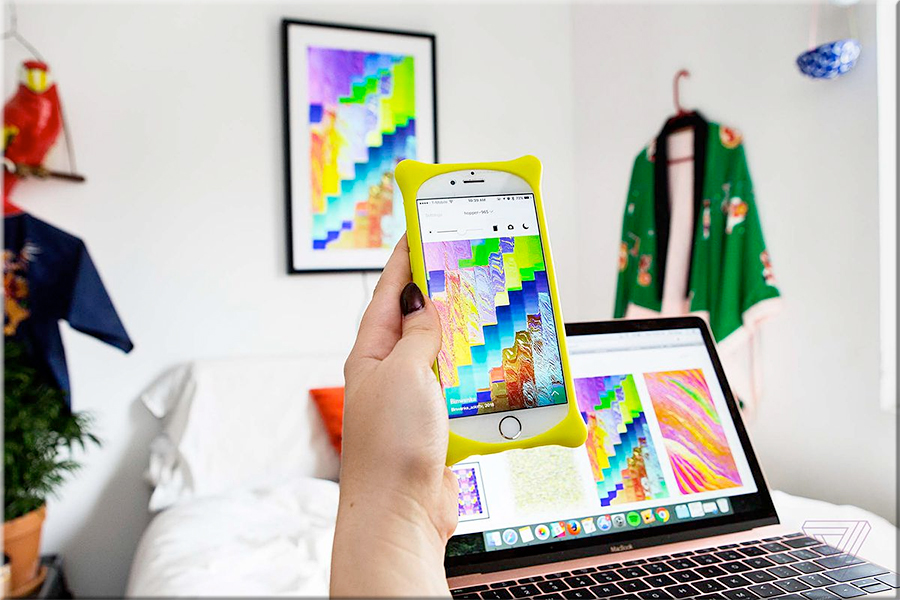The Best Augmented Reality of 2017 — from next.reality.news by Tommy Palladino
Excerpt:
The augmented reality industry made great strides in 2017, but its apex is not even in sight.
In terms of software, augmented reality is approaching meaningful mainstream awareness, thanks mostly to Apple and ARKit. Meanwhile, on the hardware side, AR is very much in its infancy, with headsets mostly limited to enterprise customers or developer kits and the majority of smartphones lacking the sensors necessary to achieve much more than parlor tricks.
We now have enough specimens of AR software and hardware to compile a roster of the best efforts of the industry. Rest assured, we expect every item listed herein to be surpassed in 2018 either by their next iterations or new entries.
4 Technology Trends That Will Transform Our World in 2018 — from linkedin.com by Jay Samit
Excerpt:
3. Augmented reality goes mainstream
Before smartphones existed 10 years ago, most people would consider spending five hours daily staring at your phone as crazy. In 2018, the bent-neck trend will start to reverse itself.
The mobile game Pokémon Go has unleashed a billion-dollar demand for augmented reality entertainment, and major brands are taking notice. Thanks to the introduction of affordable augmented reality glasses, our phones will remain in our pockets and Heads Up Displays (HUD) will improve how we work, shop, and play.
HUDs, best known today as the instrument gauges that fighter pilots monitor on their visors or windshields, will become a standard in consumer eyeglasses. Imagine walking down the street in a foreign country, for example, and having all of the store signs instantly translated into English thanks to your trendy sunglasses.
AR will customize in-store experiences with mannequins that match your body type and display enough virtual inventory to rival any online site. Merchants will create AR experiences with their packaging so that demonstration videos can appear when you look at the product on the shelf or celebrity spokespeople can magically stand in the aisle to pitch the product. Virtual pop-up stores can be built to appear anywhere that crowds are gathered (in a stadium, a busy street corner, or even inside a subway). These non-brick and mortar retail locations will bring new opportunities for merchants to create engaging shopping experiences anywhere with accessible bandwidth.
Li-Fi, a new light-base wireless connection with data speeds 100 times that of Wi-Fi, will bring high-definition virtual objects into stores. With Li-Fi and AR, consumers can see limitless virtual inventory in store, at scale.
With just a wave of your hand, a car salesperson can change the model, color, and customized features of the car “sitting” on the dealership’s showroom floor. Combining real and virtual objects can enhance experiences for all out-of-home activities. Sports stadiums will be brought into the 21st century with personalized HUDs of players on the field. Imagine watching a live football game in the stadium and seeing personalized stats floating above the fantasy sports players you follow. When watching sports from home, AR has the potential to bring the excitement of life-size boxing matches into your living room. The real promise of AR is to bring people the information they need without having to ask for it.
For many, 2018 will be the start of living an augmented life.
The Next Trillion Dollar Industry? Augmented Reality with Tai Lopez & Jay Samit — from arnews.tv
Augmented Reality in 2017 — The Winners, Losers & Best Bets on 2018 — from next.reality.news by Adario Strange
Excerpt (emphasis DSC):
Smartphones vs. Glasses vs. The Future
On the upside, it’s clear that investors are still bullish about AR, particularly in contrast to VR. That’s likely because they understand something that’s fairly obvious once you spend a decent amount of time analyzing both sectors: VR, as we know it today, is best suited as an escape experience (including interactive entertainment, passive consumption of visuals, and virtual meetings) in a stationary location. On the other hand, AR is limitless in its reach as a mobile-friendly tool for interfacing with the real world through our smartphones and tablets.
Those real-world AR interactions will begin to include everything from banking transactions, to driving and walking assistance (actually, some of this is already happening). Soon, AR will provide real-time language translations with subtitles floating over someone’s head like captions during a foreign movie, but in the real world.









![The Living [Class] Room -- by Daniel Christian -- July 2012 -- a second device used in conjunction with a Smart/Connected TV](http://danielschristian.com/learning-ecosystems/wp-content/uploads/2012/07/The-Living-Class-Room-Daniel-S-Christian-July-2012.jpg)
